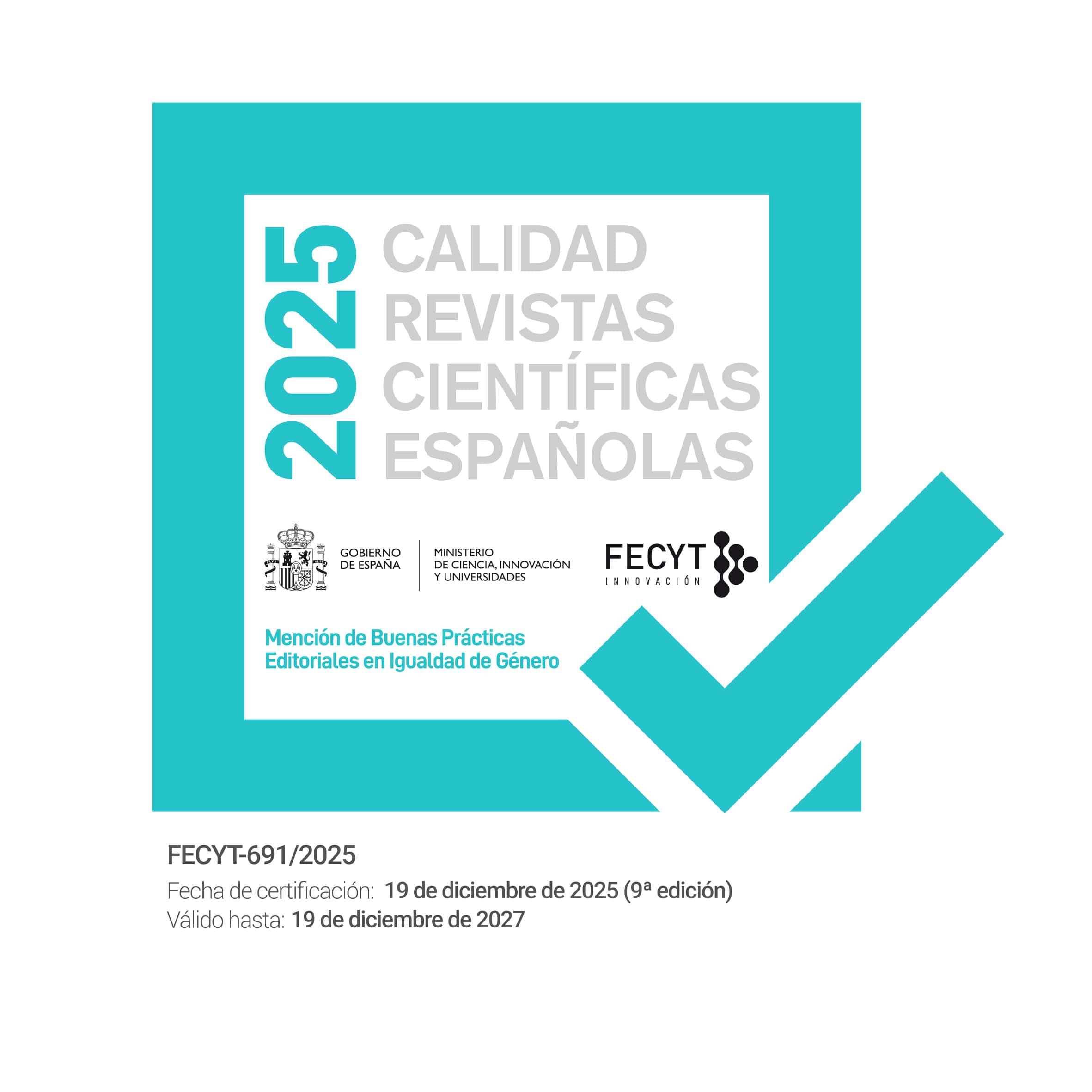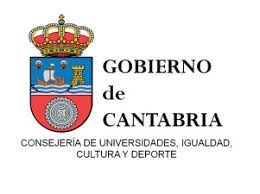Cervantes, Shakespeare y el giro hacia el animal
DOI:
https://doi.org/10.55422/bbmp.184Palabras clave:
Cervantes, Shakespeare, Animal, Caza, EcocríticaResumen
A partir de las últimas dos décadas, las humanidades han abierto su quehacer no solo hacia los seres humanos sino también hacia los animales, lo cual conlleva una ampliación y reinterpretación de la disciplina. A la vez, la creciente conciencia de la presencia e importancia de los animales para la cultura humana durante la temprana época moderna está aumentando nuestro entendimiento de la caracterización, las mentalidades, los géneros literarios, la cultura material, la ética, la filosofía y la ecocrítica. Tanto Cervantes como Shakespeare incluyen animales reales y conceptuales en sus obras. Estos personajes son sujetos significantes y productivos para analizar las obras en que aparecen y ampliar los contextos en que escribían sus autores. Para ejemplificar este «giro hacia el animal» en los estudios literarios, este ensayo examina los episodios de caza en Don Quijote y en Love’s Labour’s Lost. Exploro el significado cultural de la caza aristocrática y las ideas sugeridas en los autores respecto a los debates en torno a ese deporte popular que además tenía amplias resonancias filosóficas, éticas y sociopolíticas en ambos países.
Descargas
Publication Facts
Reviewer profiles N/D
Author statements
Indexado: {$indexList}
- Academic society
- Sociedad Menéndez Pelayo
- Editora:
- Sociedad Menéndez Pelayo
Estadísticas globales ℹ️
|
220
Visualizaciones
|
196
Descargas
|
|
416
Total
|
|
Citas
ALFONSO XI. (1983) Libro de la montería, basado en Escorial MS Y.II.19. Dennis P. Seniff (Ed.) Madison, Wisconsin. The Hispanic Seminary of Medieval Studies.
BALLESTEROS RODRÍGUEZ, Santiago. (2015) Don Quijote: gran madrugador y amigo de la caza. Madrid. La Trébere.
BERRY, Edward. (2001) Shakespeare and the Hunt: A Cultural and Social Study. Cambridge. Cambridge University Press.
BERGMAN, Charles. (2007) «A Spectacle of Beasts. Hunting Rituals and Animal Rights in Early Modern England». A Cultural History of Animals in the Renaissance. Bruce Boehrer (Ed.) Oxford y Nueva York. Berg. 53-73. DOI: https://doi.org/10.5040/9781350049550-ch-002
CARTMILL, Matt. (1995) «Hunting and Humanity in Western Thought». Social Research. 62.3. 773-786.
CERVANTES, Miguel de. (2004) Don Quijote de la Mancha. Madrid. Alfaguara.
CERVANTES, Miguel de. (1982) Novelas ejemplares II. 4ª ed. Harry Sieber (Ed.). Madrid. Cátedra.
DOBSON, Michael. (2000) «A Dog at All Things. The Transformation of the Onstage Canine, 1550-1850». Performance Research. 5.2. 116-124. DOI: https://doi.org/10.1080/13528165.2000.10871736
ERASMO DE ROTTERDAM. (1999) Elogio de locura. Trad., pról. y notas de Pedro Voltes Bou. Alicante. Biblioteca Virtual Miguel de Cervantes.
ERIAS MARTÍNEZ, Alfredo. (1999) «La eterna caza del jabalí». Anuario Brigantino. 22. 317-378.
FUDGE, Erica. (2008) «‘The dog is himself’: Humans, Animals, and Self-Control in The Two Gentlemen of Verona». How To Do Things with Shakespeare. New Approaches, New Essays. Laurie Maguire (Ed.). Oxford. Blackwell. 183-209. DOI: https://doi.org/10.1002/9780470694114.ch8
GREER, Margaret. (2005) «Diana, Venus and Borrowed Dogs: On Hunting in Don Quixote». Cervantes y su mundo. Kurt Reichenberger y Darío Fernández-Morera (Eds.). Kassel. Reichenberger. Tomo III. 201-222.
IRIGOYEN GARCÍA, Javier. (2011) «Diana and Wild Boar Hunting: Refiguring Gender and Ethno-religious Conflict in the Pastoral Imaginary». Bulletin of Hispanic Studies. 88.3. 273-287. DOI: https://doi.org/10.3828/bhs.2011.8
MANNING, Roger B. (1993) Hunters and Poachers. Oxford. Clarendon Press. DOI: https://doi.org/10.1093/acprof:oso/9780198203247.001.0001
MARTÍN, Adrienne L. (2014) «Onstage/Backstage: Animals in the Golden Age Comedia». A Companion to Early Modern Hispanic Theater. Hilaire Kallendorf (Ed.). Leiden/Boston. Brill. 127-144. DOI: https://doi.org/10.1163/9789004263017_010
MARTÍNEZ DE ESPINAR, Alonso. (1976) Arte de Ballestería y Montería. Intro. de Eduardo Trigo de Yarto. Madrid. Ediciones Velázquez.
MORGADO GARCÍA, Arturo. (2011) «Una visión cultural de los animales». Los animales en la historia y en la cultura. Arturo Morgado García y José Joaquín Rodríguez Moreno (Eds.). Cádiz. Universidad de Cádiz. 13-43
MOSTERÍN, Jesús. (2014) El triunfo de la compasión. Nuestra relación con los otros animales. Madrid. Alianza.
SÁNCHEZ GARRIDO, Roberto. (2006) «De caza y cazadores. Las construcciones teóricas sobre la actividad cinegética actual a partir de los discursos de sus actores». Gazeta de Antropología. 22. Artículo 18. http://hdl.handle.net?10481/7100. DOI: https://doi.org/10.30827/Digibug.7100
SCHWARTZ, Lía. (2010) «Cervantes, lector de Jenofonte, y las “Obras de Xenophonte” traducidas por Diego Gracián» RILCE. 26.1. 202-213. DOI: https://doi.org/10.15581/008.26.4713
SHAKESPEARE, William. (2002) The Complete Works. Stephen Orgel y A.R. Braunmuller (Eds.). Nueva York y Londres. Penguin Books.
SHAPIRO, Kenneth Joel. «Human-Animal Studies: Growing the Field, Applying the Field». Ensayo inédito disponible en Academia.edu.
SHAPIRO, Kenneth y Margo DEMELLO. (2000). «The State of Human-Animal Studies». Society & Animals. 18. 307-318. DOI: https://doi.org/10.1163/156853010X510807
SHAPIRO, Kenneth y Marion W. COPELAND. (2005) «Toward a Critical Theory of Animal Issues in Fiction». Society & Animals. 13.4. 343-346. DOI: https://doi.org/10.1163/156853005774653636
WALKER, Suzanne J. (2007) «Making and Breaking the Stag, the Construction of the Animal in the Early Modern Hunting Treatise». Early Modern Zoology. The Construction of Animals in Science, Literature and the Visual Arts. Karl A.E. Enenkel y Paul J. Smith (Eds.). Leiden/Boston. Brill. 317-337.
Descargas
Publicado
Cómo citar
Número
Sección
Licencia
Derechos de autor 2022 Adrienne L. Martín

Esta obra está bajo una licencia internacional Creative Commons Atribución-NoComercial 4.0.








